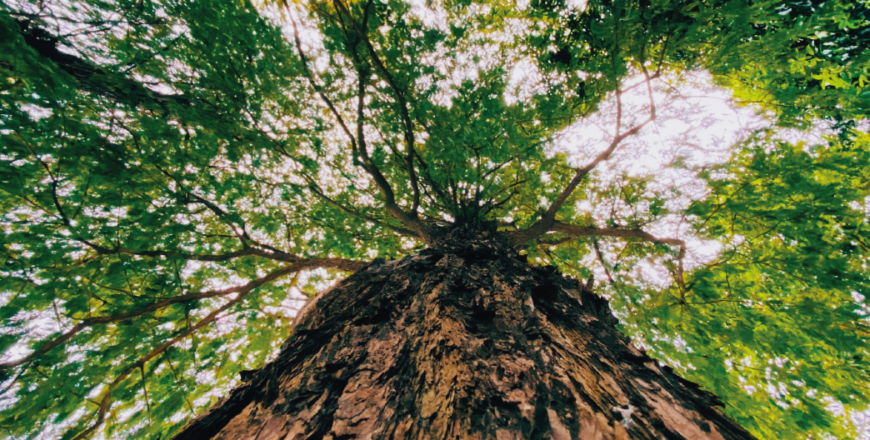Forest104 / Tree Types and Structures

In the broadest sense, a tree is any perennial plant with woody tissues, having a trunk that supports its leaves or branches at a certain distance from the ground. Those who are more than 5 meters tall are Deciphered as “trees”, plants from 0.5 to 5 m are called shrubs.
Trees have important functions such as preventing environmental pollution, erosion, and regulating the water regime. Trees are classified according to their qualities as needle trees (evergreen) and broad-leaved trees (deciduous trees).
A beech tree with a height of 25 meters and a 15-meter peak roof consumes 2.35 Kg of carbon dioxide produced by about 40 people per hour, while it produces 1.5 Kg of oxygen, which is equivalent to the oxygen consumption of 70 people. Again, a beech tree about 25 meters tall and 100 years old draws about 30,000 liters of water per year through its roots and capillaries, preventing the flow of fertile soil.






